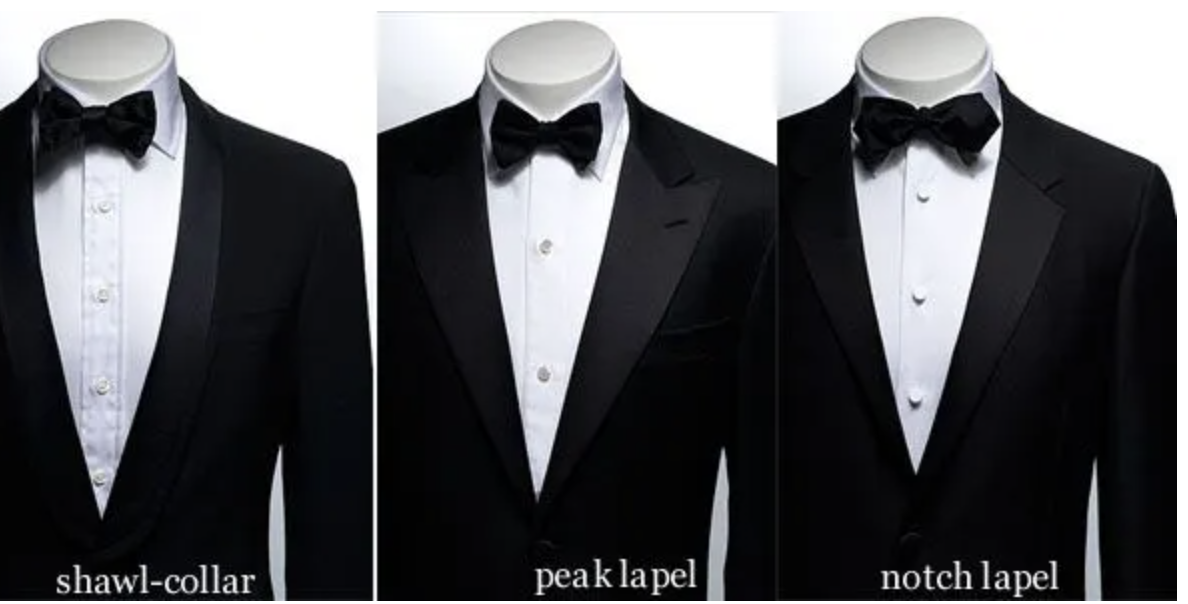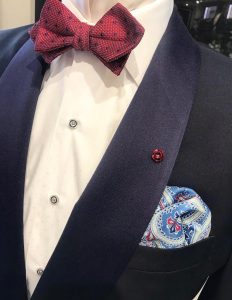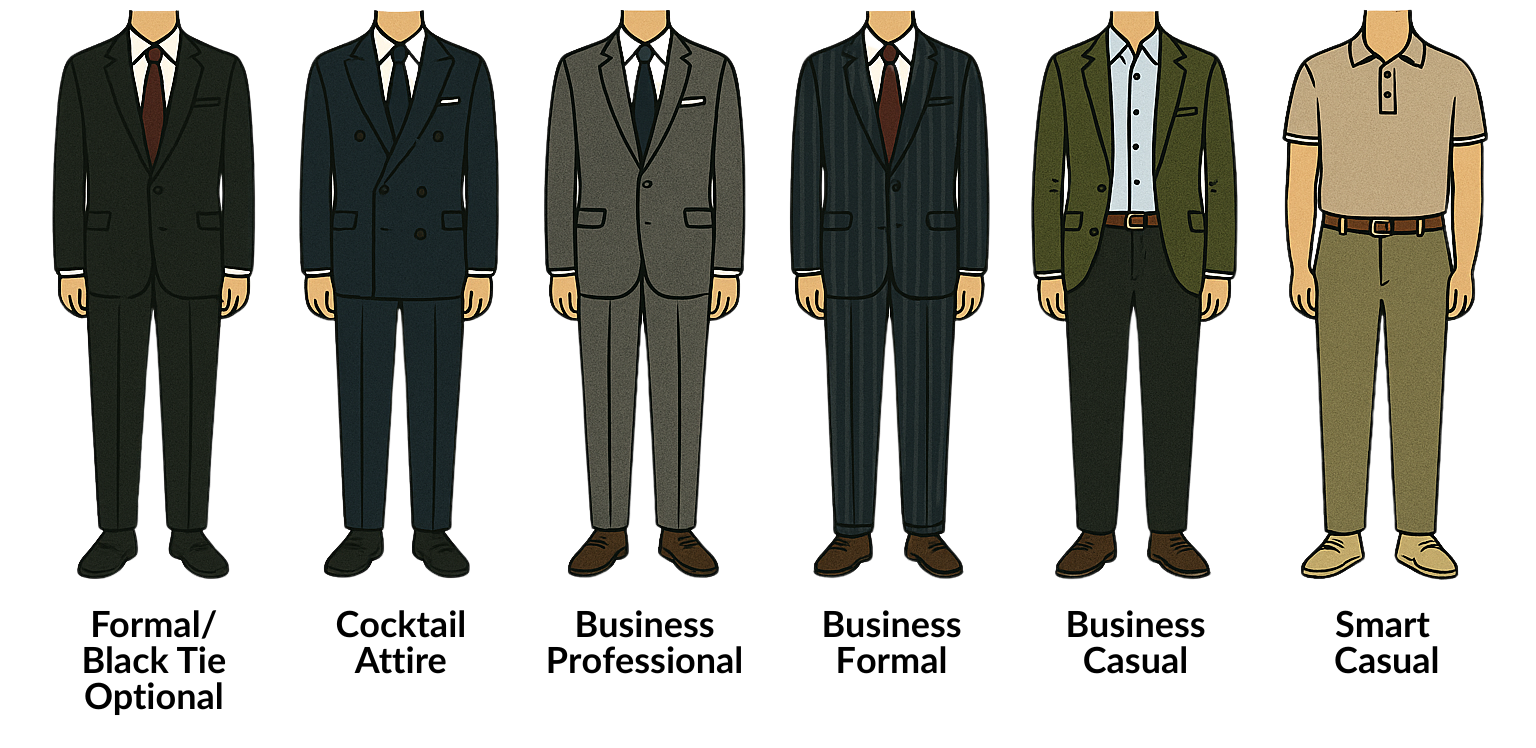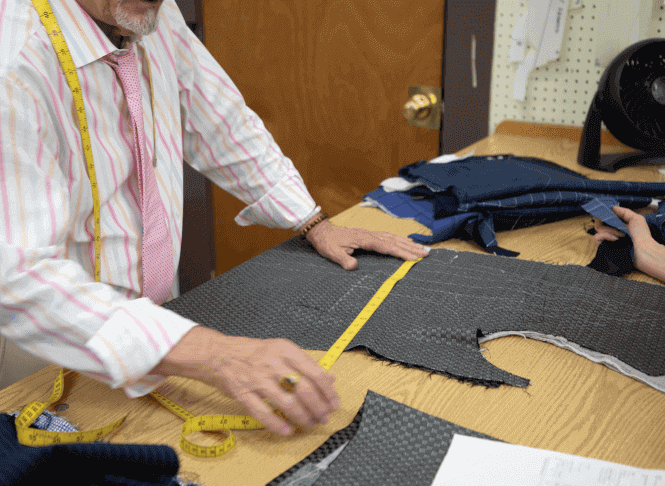When you’re one of the foremost shops for tuxedos in Philadelphia, it pays to know the intricate differences in the styles of men’s formal dress. The tuxedo has a long and hallowed history, but certain variations have stood the test of time and remained a part of the outfit for the majority of the past century. In this blog post, we will be taking a look at the history of the tuxedo. its modern variations, and some important style tips.
History Of The Tuxedo
The Early Years
 Originating in the late 1880s, the tuxedo grew out of the dress coat that English nobles would wear into town. Taking influences from both the dress coat and formal military attire, men began wearing ‘tailless dress coats’ in Tuxedo Park, an affluent upstate New York community, around 1888.
Originating in the late 1880s, the tuxedo grew out of the dress coat that English nobles would wear into town. Taking influences from both the dress coat and formal military attire, men began wearing ‘tailless dress coats’ in Tuxedo Park, an affluent upstate New York community, around 1888.
The earliest iterations of the tuxedo jacket were made from the same material as dress coats, featuring a shawl collar, and had anywhere from zero to two buttons. By 1900, one button had become the standard of the jacket, and peak lapels had grown to rival the shawl collar in popularity. Around that time, the pants and jackets started being made from the same material, thus creating a more uniform appearance.
Roaring Into The Twenties And Thirties
At the turn of the 20th century, tuxedos were sold primarily in two colors: black and gray. Leading up to WWI, gray achieved its peak in popularity. The lighter hue was all but forgotten after the war ended and, in its place, the color blue stepped in. Due to the fabric processes and technology of the time, men complained that under the bright electric lights that were recently introduced, their black tuxedos appeared ugly shades of green. Men also complained that the heavy black fabric was unbearable in the heat of the summer. To combat the issues, midnight blue was introduced during the 1920s and rose to prominence in the 1930s.
The Mad Men Era
As the James Bond films went on throughout the ’60s to influence men’s formal dress, peak lapels grew wider and fabrics grew thinner. During the disco era of the 1970s, the tuxedo had become a mess of styles and colors, a shadow of its original concept. During that decade men would routinely wear pastel-colored, oversized peak-collar, bell-bottom tuxedos with oversized, suede bow ties.
The Internet Era
From the late ’90s to the 2010s the lines of men’s formalwear began to blur as some chose to incorporate elements from the casual business suit into black-tie attire. Notch lapels and long ties were commonly seen on Oscar night formalwear; lay-down collars and dress shirts were seen more often inside the tuxedo. In the past several years, men have again returned to the more classic approach. The double-breasted tuxedo and notch lapels have all but disappeared from formal dress. Blue hues have become more commonplace while white and crimson are slowly growing in popularity.
Tuxedo Styles
Collars and Lapels
There are three types of lapels typically found on the jacket.

Shawl: The shawl collar runs from just above the top button to the back of the collar in one uniform strip of fabric. It is considered just as formal as the peak lapel but is a bit more uncommon. The shawl lapel is classically seen in men’s smoking jackets.
Peak: This lapel type sees the lower half peaked, spreading in an “elephant ear” shape longer than the top edge of the collar. Often, the peak lapels are made of a different, glossier fabric than the rest of the suit to stand out.
Notch: Virtually the same as a suit jacket, the notch collar is considered the least formal of the three types. In some circles, it is considered the most fashion-forward but is mostly regarded as an unwanted compromise in formal attire.
Pockets
There are two types of pockets traditionally used for tuxedos.
Flap: Flap pockets were created with the intention of keeping belongings more secure but in most cases are considered the less attractive option. They are still somewhat common sights on tuxedo jackets with tails, but those are few and far between.
Jetted: Jetted, or besom, pockets are slits designed to be less noticeable than flaps. They are now the much more commonplace option and further lend themselves to the slimming appearance of the tuxedo.
Single Breasted Vs. Double Breasted
Double Breasted: Featuring two lines of buttons in the front of the jacket instead of one, this particular trend is a carry-over from suits and was popular during the ’90s and early 2000s. Today it’s seen as less formal.
Single Breasted: Featuring one (for very tall gentlemen, two) button(s), the single-breasted tuxedo is much more common and allows for the most flattering of fits.
Dress Codes
Black Tie
Black tie is the more common dress code; the point of black tie is to dress almost entirely in black (save for the shirt) to give men the most flattering appearance.

- Black Jackets with peak lapel or shawl collar only
- Shirts are white with a wingtip or turndown collar and pique front
- Pants are black with a braid
- Cummerbunds should be black
- Studs should be black or mother of pearl
- Shoes are black patent leather oxfords, well shined
- Bowties are black
- For the host of the event, it is appropriate to wear black velvet slippers
White Tie
White tie is considered the more formal of the two common options – stricter than black tie; this particular style of dress is rarely utilized. The color scheme is slightly changed, and due to the cut of the jacket, more of the waistcoat is exposed.

- Black or midnight blue tailcoats with peak lapel (preferred) or shawl collar
- Shirts are white with detachable wingtip collars
- Waistcoats are white
- Pants are black with a braid
- Studs and cufflinks are black
- Shoes are black patent leather oxfords, well shined
- Bowties are white
Conclusion
We hope these tips are helpful and provide you with some value. We’re ready to talk about your image if you are – give us a call at 215-310-0219 or email info@henrydavidsen.com to start the conversation.



